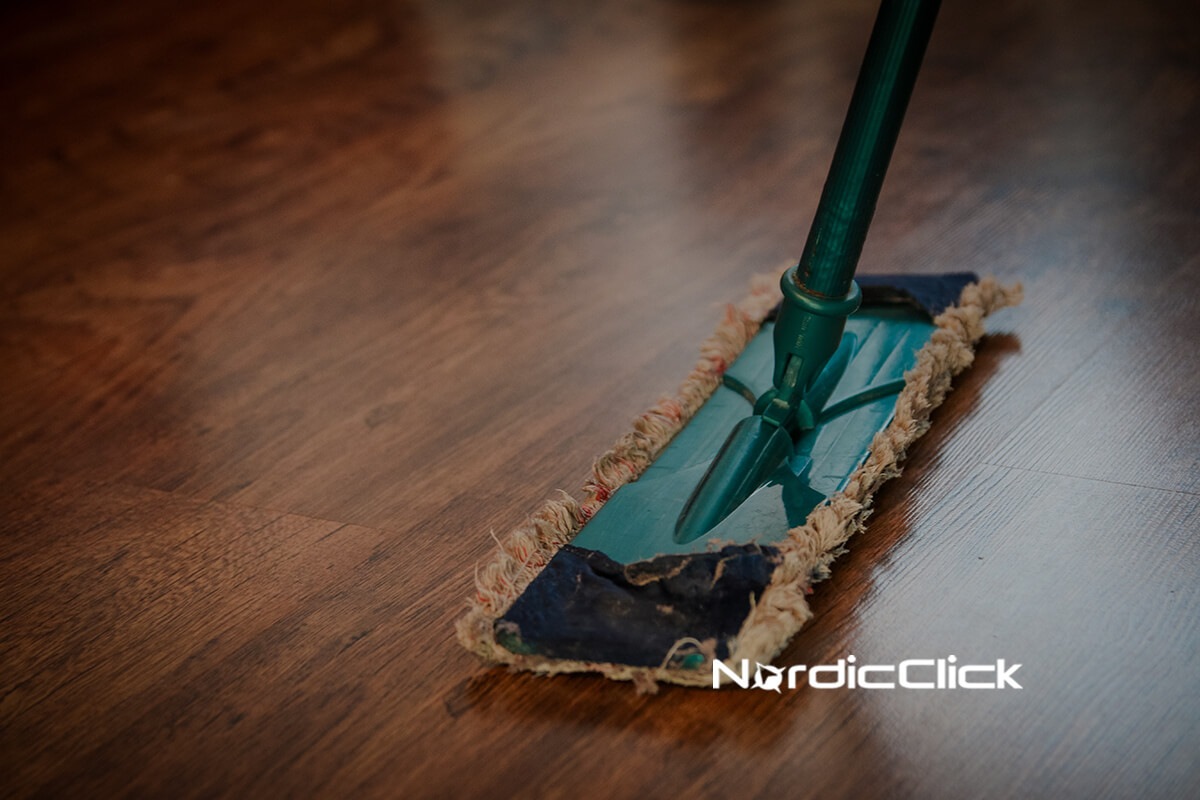Well, it’s officially spring – even in Minnesota, where the snow and ice have finally hit the road. If you’re like me, you’ve probably got spring fever and feel motivated to de-clutter and simplify your life! Who’s to say you can’t spring clean your Google (and Bing) Shopping campaigns while you’re at it?!
It’s common to get into that post-holiday rut when it comes to your campaigns. The high from the Q4 madness and beginning of the year planning chaos have died down, but have your Shopping campaigns stagnated as a result? Here are a few quick and easy tips to put some spring back into your campaign’s step to jumpstart your success!
Device Settings
Let’s be honest. When was the last time you checked your campaign performance by device? I’ve seen accounts where clients are too quick to shut off their Shopping campaign because of poor performance. What they didn’t look at was how each device was performing. Mobile can be a notorious for poor performance, especially if you don’t have a mobile-optimized site.
This account showed the clear outlier: mobile devices. Mobile completely cannibalized the spend, while driving the fewest conversions and almost a $350 cost/conversion. INSANE!
| DEVICE | CLICKS | IMPRESSIONS | CTR | AVG. CPC | COST | CONVERSIONS | COST/CONV. | CONV. RATE |
|---|---|---|---|---|---|---|---|---|
| Computers | 398 | 32,834 | 1.21% | $2.37 | $943.89 | 28 | $33.71 | 7.04% |
| Mobile phones | 845 | 47,272 | 1.79% | $1.66 | $1,399.44 | 4 | $349.86 | 0.47% |
| Tablets | 116 | 6,682 | 1.74% | $2.15 | $249.40 | 11 | $22.67 | 9.48% |
Search Terms Report
Do some of your ad groups have crazy low click-thru rates? If you haven’t combed through the search terms report lately, irrelevant searches may be to blame. I know, I know, I know. “Search term reports are so time-consuming!” I totally agree! But, they are the foundation of a successful Shopping campaign.
For example, if you are selling picture frames, you do not want to show up for someone searching for a “framed American flag.” Combing through search terms and having a solid negative keyword strategy can help kick-start your optimization efforts.
Check for Product Cannibalization
This can be common for products that show up for generic searches. Take the term “wedding invitations,” for example. Now, depending on how you utilize titles and descriptions in your feed, one product can cannibalize all the impressions and spend for that term without converting.
A number of things may be to blame for a high spending, non-converting product. Here are a few items to check or tweak:
- Check your title and description for that product. If you do not want that product to show up as much for generic searches, you can change the title and description in the feed.
- Check the image used in the feed. A poorly optimized image could be detrimental to a campaign.
- Bid down on that specific product. If you don’t want to exclude the product, this is your next best option to give other products a chance to perform.
BONUS! Remarketing for Shopping
It’s no secret that AdWords has brought out Remarketing List for Search (RLSA). But, did you know you can utilize your Remarketing lists in your Shopping campaigns? If not, what are you waiting for?!
Adding remarketing lists to your shopping campaign is a great strategy to bid higher on users who have been to your site but have not converted. Allow yourself to be more competitive on those users. You can also exclude remarketing lists. Excluding your purchasers may be a good idea (if your product is not a repeat purchase), so that way you’re not wasting impressions and clicks on someone who’s already bought your product.
There you have it, folks. A simple look at these often-overlooked settings can make a world of a difference for your campaigns. Happy spring cleaning!
Need a hand with PPC? We’ve been at it since the beginning. Check out our PPC capabilities.
